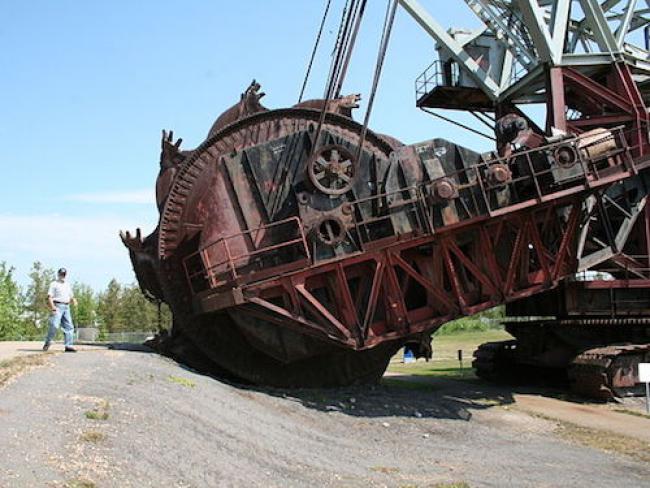Articles Menu

June 30, 2017 - The fossil industry’s own data shows Canada’s tar sands/oil sands entering a period of managed decline, with no commitments at all to new project construction beyond 2020, Oil Change International concludes in a provocative briefing note issued yesterday.
“Promises that the sector will bounce back are either misinformed or deceitful,” Senior Campaigner Adam Scott. “The golden era of the tar sands is over—just ask international oil companies. Instead of ignoring the writing on the wall, governments should be coupling a phase-out of oil with a phase-in of meaningful jobs and a stable economy.”
Unpopular as the idea may be, in Alberta and in the rest of Canada, “the only real alternative to a managed decline is something much worse: an unmanaged decline,” writes Senior Campaigner and briefing note co-author Hannah McKinnon. “This is a dramatic change of events in a sector that just a few years ago was anticipating major expansion and sustained growth. Instead, the sector is facing the end of any significant capex [capital expenditure] in new growth, and the challenge of trying to squeeze a profit out of projects that were sanctioned in a US$100 per barrel world in one that is instead moving towards decarbonization.”
McKinnon notes that tar sands/oil sands capacity additions have fallen sharply since 2013, with no new approvals so far in 2017. And capital expenditure beyond 2016 “only includes investment in projects that have already been approved. This capex ends in 2019, as projects currently under construction begin production. For that to change, new projects will have to be sanctioned by oil companies.”
Fossil boosters like the Canadian Association of Petroleum Producers like to point to the short-term rise in tar sands/oil sands production as a sign of the industry’s resilience, she adds. But those projects, approved before the oil price crash, are only “still lumbering toward their start-up dates because of the long construction timelines that are common to the sector. What is less discussed is the that have seen the writing on the wall, leaving a handful of Canadian companies holding the reins of an industry that has likely boomed for the last time.”
The industry’s long-term prognosis is not likely to draw new investment, McKinnon warns. “Because tar sands projects are so capital intensive, take a long time to build, and produce for many decades, investors need to feel confident that oil prices are going to be sustained at high enough levels to make massive up-front capital expenditures worth it. This isn’t the picture that they see right now,” with U.S. shale production keeping prices stable around $55 per barrel, and the combination of climate action, electric vehicle growth, broader clean technology development, and the push for cleaner air in Europe and Asia “poised to the oil market forever.”
“The political and economic ramifications of no new growth in the sector should not be overlooked because of a misplaced faith in rising oil prices,” the briefing note . “By recognizing the current conditions, political decision-makers and industry have an opportunity to prepare and manage the no-new-growth scenario such that it minimizes impacts on communities, jobs, and provincial and federal budgets.”
In an unrelated report earlier this week, analysts at GMP FirstEnergy that spending increases announced by Canadian fossils in late 2016 and early 2017 are at risk, with oil prices mired below $50 per barrel. Citing “significant degradation” in exploration and production cash flows in the first half of this year, analysts Ian Gillies and Kory Cross stated that “if current depressed commodity prices remain into the future, we believe it is very likely that customer capex programs for the second half of 2017 and 2018 [will be] reduced or deferred.”
They report that Canada’s projected rig count for 2018 could fall from 7,850 to about 5,000 wells.